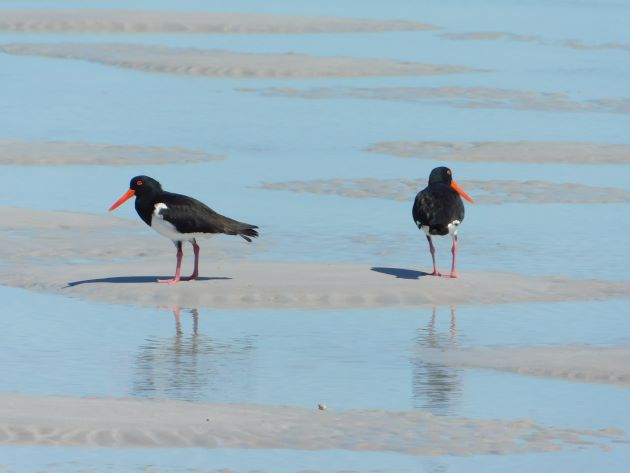
Well, it is that time of year again and shorebirds are breeding. Hopefully all of the migratory shorebirds that left Roebuck Bay earlier this year have been successful at breeding in the Northern Hemisphere and will soon be heading back to our shores. Meanwhile, here in Broome our resident Pied Oystercatchers have been busy attempting to breed too. The header photo shows the brighter colour of the legs and bills of the Pied Oystercatchers during the breeding season. I have written many articles about our resident Pied Oystercatchers over the past twelve years. I have also learnt to not count my chickens before they hatch.
Since I found the first Pied Oystercatcher nest on Cable Beach in July 2000 I have learnt that the eggs rarely hatch due to predation and if they do hatch then a fully fledged chick is a rare and wonderful outcome. Pied Oystercatchers do live a very long time and local metal leg band and engraved flag marking on several birds has shown that many are over twenty years old. The Pied Oystercatchers do not start to breed until they are around seven years old and may attempt to breed with a few different mates before they appear to settle down with a companion. Without individual markings it is very easy to presume they stay together in pairs, because they do all look the same.
This year has been like other years with the first eggs being laid late June and the first chicks hatching recently. The adult Pied Oystercatchers are constantly on the lookout for threats from above. Black Kites and Brown Goshawks are a threat in the dune system and also sand goannas can take the eggs.
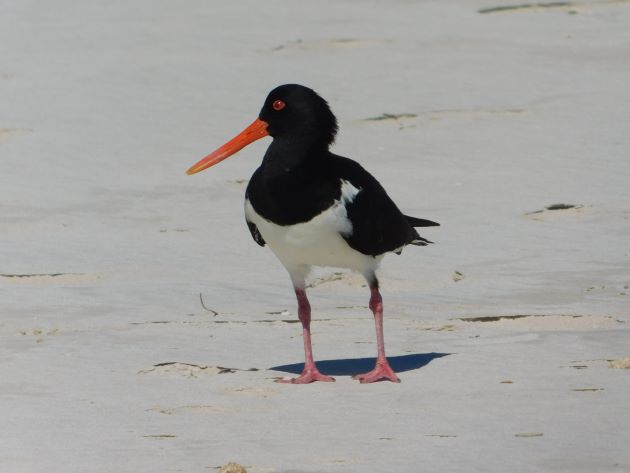
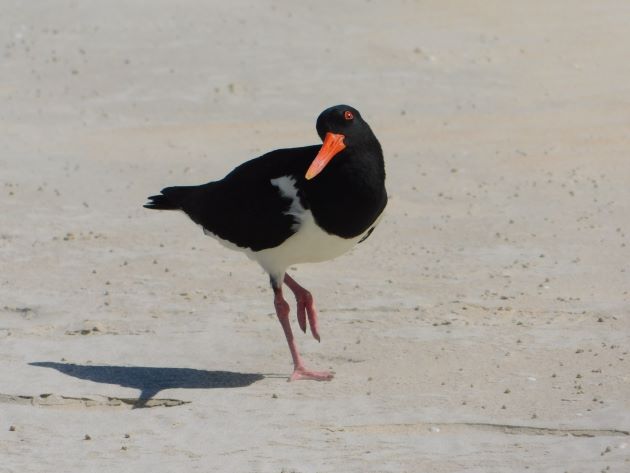
Constantly looking upwards
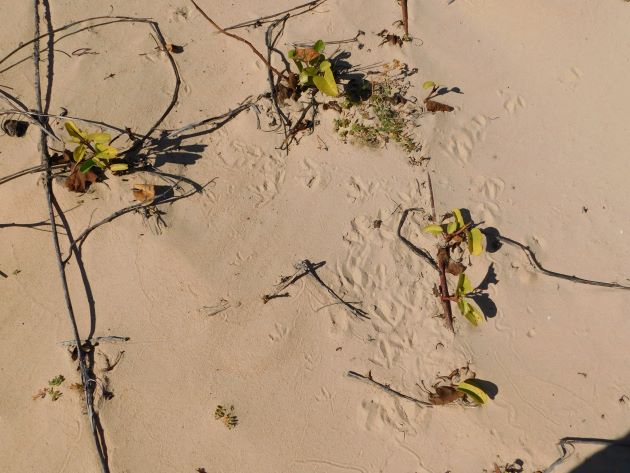
Family footprints
When I find these Pied Oystercatcher family footprints like above I don’t need to see the young, because that is enough evidence to know there are young hidden in the vegetation. The adults always warn the young of an intruder anyway, so I walk away content in the knowledge that they have informed them to hunker down. Sadly this pair of Pied Oystercatchers did not have much luck with their first attempt at breeding this year, but they generally lay more eggs within about ten days of losing their chicks.
Another pair of Pied Oystercatchers are nesting in a very open area that offers good views of surrounding threats. They have only laid one egg for their first attempt this year, but around Broome only one or two eggs are generally laid. It has been a very rare occurrence that three eggs have been laid. Providing shade is as important as keeping eggs warm in our climate. We have been having quite extreme variations between day and night time temperature this past few weeks, so they will have had to adapt accordingly.
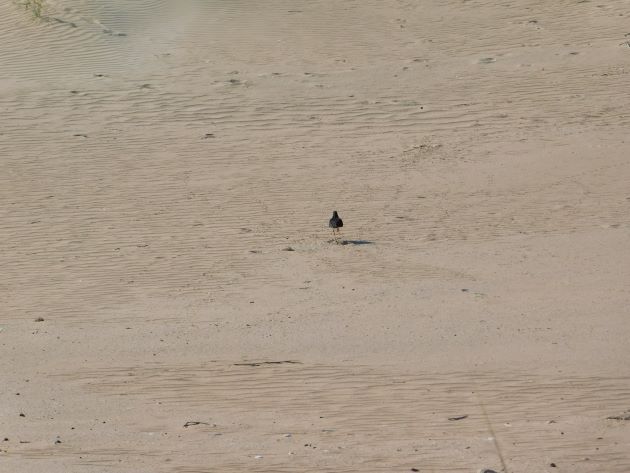

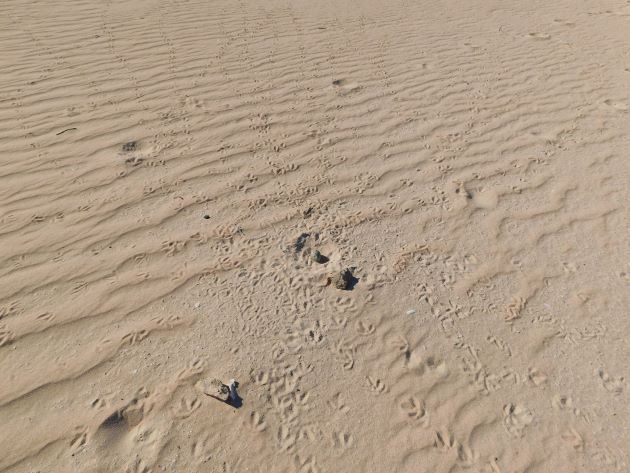
Pied Oystercatcher nest in an open area
One pair of Pied Oystercatchers have chosen to nest on a rocky outcrop. The advantage of this nest site is that there are no footprints leading directly to it. When they walk away from the nest they don’t leave evidence as to where it is. Pied Oystercatchers around Broome always lead you away from their nest sites or their chicks whether you are human or a dog. It can be quite amusing when a Pied Oystercatcher walks a dog away from an area rather than just fly off.
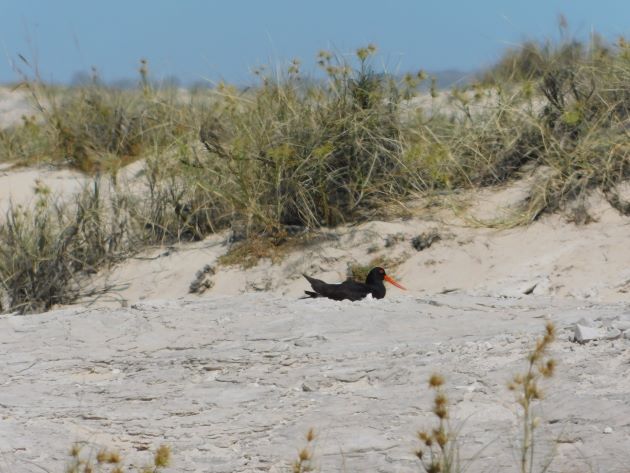
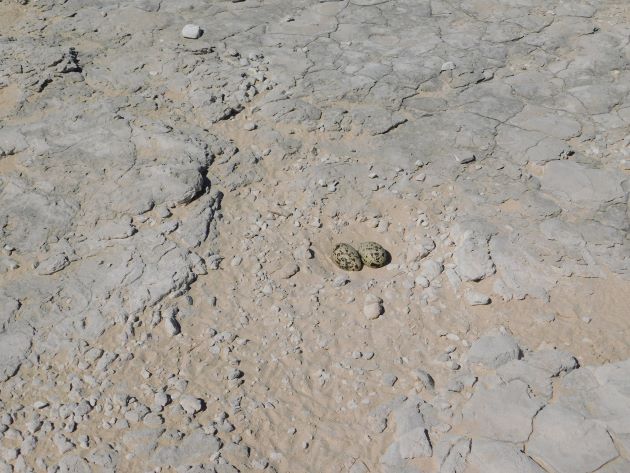
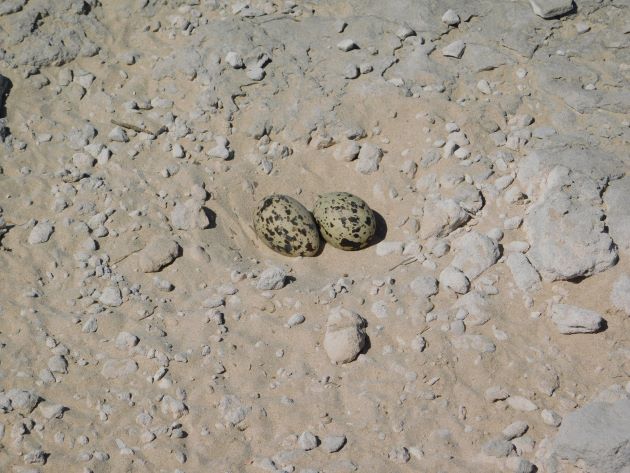
Pied Oystercatcher nest on rocks
Another pair of Pied Oystercatchers have chosen to nest just above the high tide mark. It is a risky strategy due to the fact that there could be a tidal surge with strong winds. Also the fact that vehicles are allowed to drive on the beach means that there is a chance that the nest will be run over. This pair of Pied Oystercatchers often seem to like to nest with a rock, piece of coral and/or a stick close by and it is no different this year.
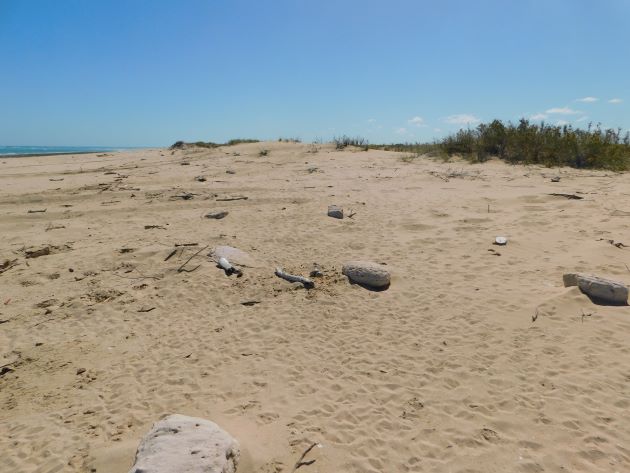
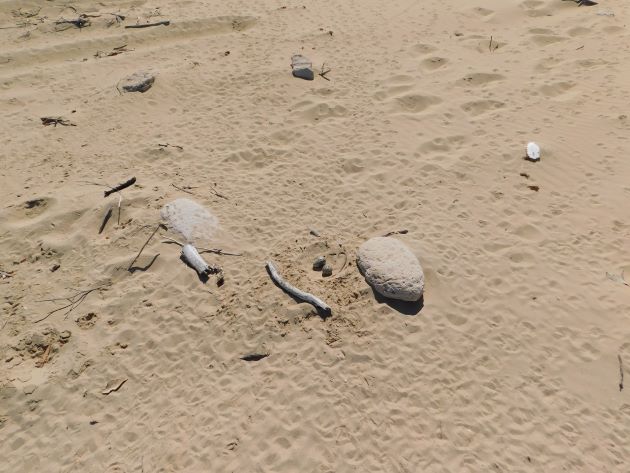
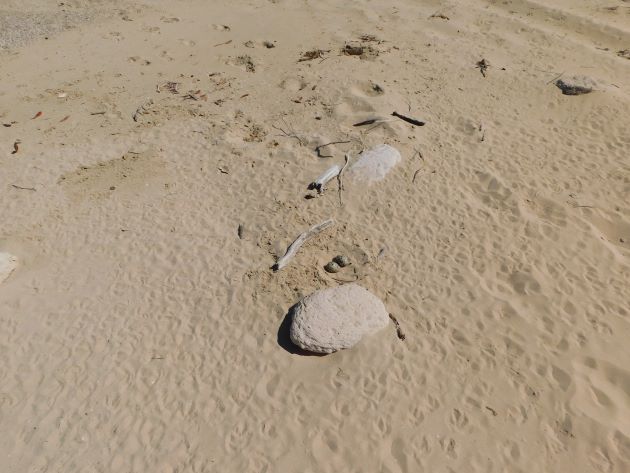
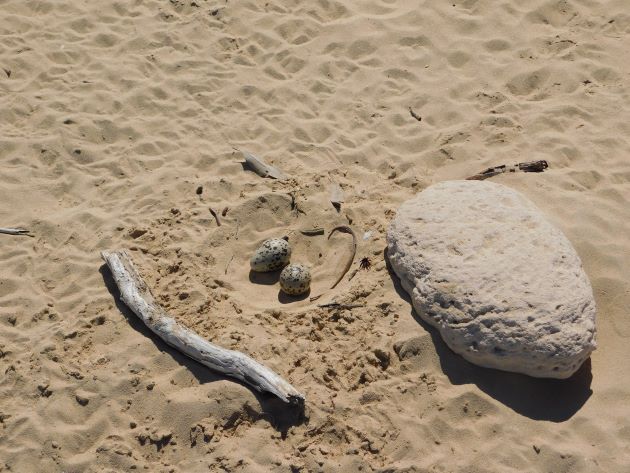
Pied Oystercatcher nest at high tide
There are also numerous nest scrapes that have been made by other pairs of Pied Oystercatchers. The nest scrapes are made by the smaller male bird, which she then checks and eventually will lay eggs in. Once there are eggs in the nest they will then both share the responsibility of incubating the eggs and feeding the young. I have noticed over the years that whichever bird is on the eggs when they hatch will then be the bird that looks after that chick.
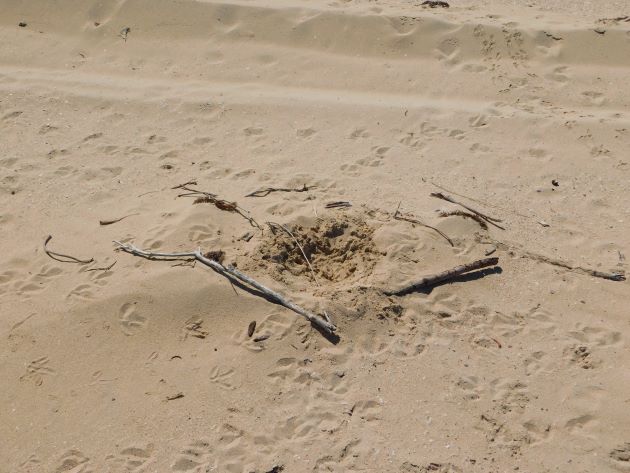
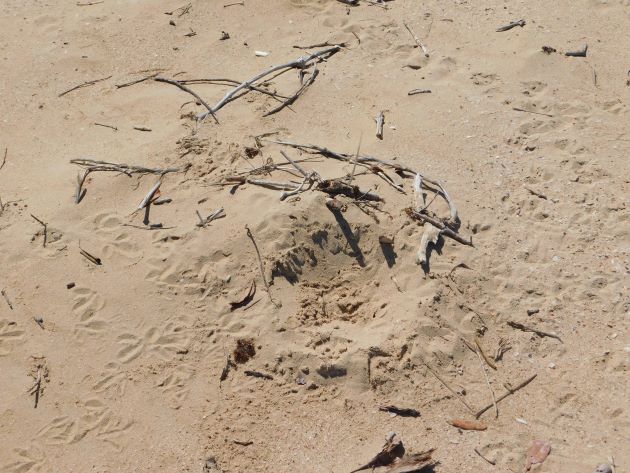
Pied Oystercatcher scrapes
You will have no doubt noticed that there is quite a variation in the egg colour between nests and this becomes more apparent the more eggs you observe. Not only does the egg colour vary significantly, but also the markings on the eggs. The Pied Oystercatchers will leave the nest to feed on some occasions, but they mostly remain on the nest here to shade the eggs in the middle of the day and return within a matter of minutes when you walk away once you have discovered a nest.
Our resident Red-capped Plovers are also able to hide their nests very well and they are also currently breeding. We have to be hopeful that some of these eggs will become fully fledged chicks over the next few months and they will then have other migratory shorebirds join them along our coastline when they return from the Northern Hemisphere.











Leave a Comment